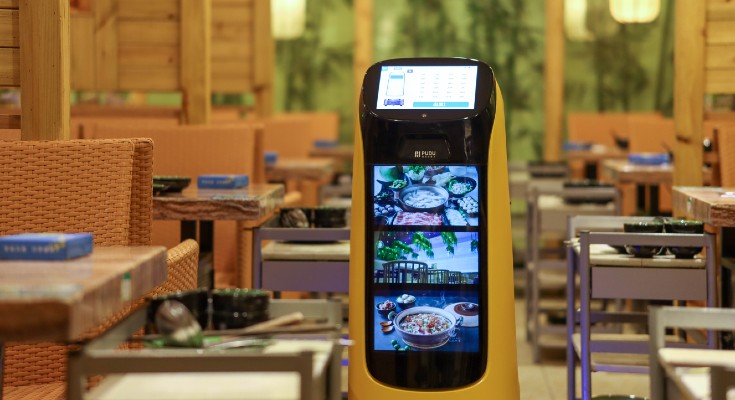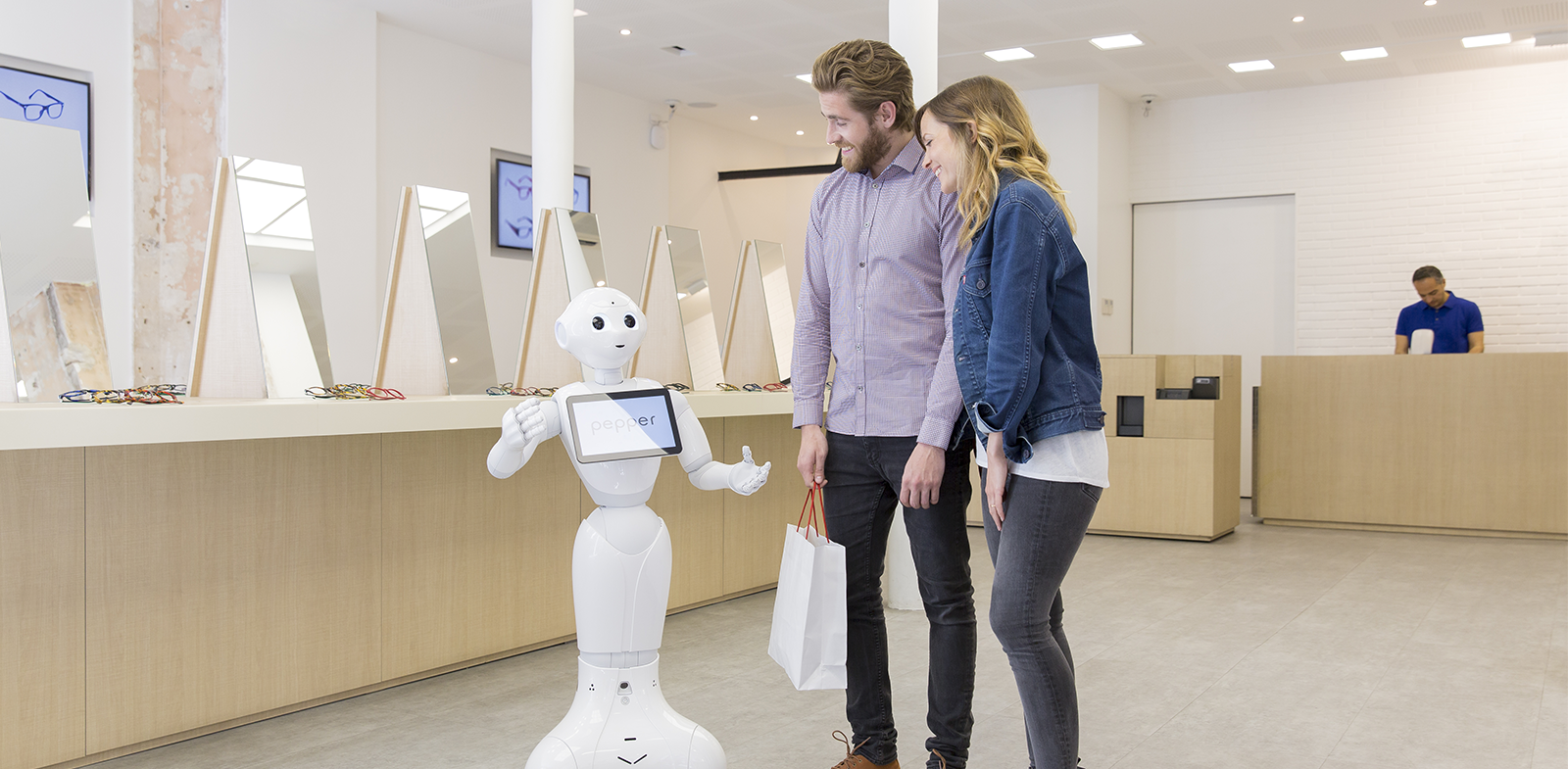How Have Robots Been Utilized in Restaurants and How Did This Impact the Customer Experience?
Nov 1, 2021
By Jyesht Diwani
 Image source: PuduRobotics
Image source: PuduRobotics
For the past few years, robots have been taking over industrial sectors by streamlining various industry-related functions. We are already familiar with AI-robot assistants in the finance sector, especially while making transactions and using various financial services.
But its introduction into the world of the food business is new for the majority of the population. It's interesting to know that restaurant robots have been in existence for the last 50 years. But recently only we are seeing their mass adoption, especially in countries like Japan.
Furthermore, as per stats, the worldwide robotics market will attain a worth of approximately 147.26 billion USD by the year 2025. Also, the global industries will see a growth in CAGR of 17.24% between the years 2017 and 2025.
How are restaurant robots improving customer service?
Provides fun experience to customers
The majority of people are not used to being served by machines. Hence humanoid robots in restaurants can be an engaging and fun experience for customers. They can be a point of attraction for the respective restaurant. Hence, they also help in driving existing as well as new customers to the restaurant.
Better navigation to visitors
Robot-savvy restaurants can deliver effective navigation guidance to first-time visitors. Alongside baking and serving food quickly, robots also simplify the payment process by providing easy check-in and check-out. Restaurant robots can entirely transform the consumers' experiences for food cafes and the food industry as a whole. As per stats, robots can replace 82% of restaurant-based jobs in the coming years.
Robots need a mapping system to detect objects and perform their task. However, making robots construct a map as per the location can get complex, and sometimes not possible. This issue is called the SLAM problem: Simultaneous Localisation and Mapping.
It is where QR codes come in handy; restaurants stick QR codes on the doors, walls, and different places for robots to access them. The setting is signposted in a manner that a restaurant robot with a camera can understand. Robots scan the QR code and find where it is and where it has to go. Restaurants can create a QR code as per their requirements using a reliable QR generator website.
Delivers error-free service
Once the restaurant owner feeds the recipe data into the robotics software, it follows exact specifications while cooking. In comparison to human chefs who might miss a few ingredients now and then, restaurant robots show no such issues.
Can satisfy the varied appetite of people from different backgrounds
Restaurant robots are not restricted to merely culinary skills. Hence they efficiently can cook various global dishes. Further, it can attract a larger crowd of customers coming from varied backgrounds to the restaurant. Hence aside from satisfying a diverse customer base, it also doubles down the revenue.
Eliminates waiting time for customers
Robots can finish tasks at a much quicker pace in comparison to human staff, which automatically boosts productivity. The fast processing reduces the waiting times for customers, facilitating timely check-outs. Also, during peak hours, restaurants will be able to serve a large crowd of new customers equally. All these without missing a single ingredient for the dish!
Restaurant robots are great multi-taskers as well. They can cook meals, cover other back-office tasks without feeling stressed and pressured.
Do restaurant owners save money by employing robots?
The majority of modern restaurants have full human staff that performs different job roles within a restaurant; as per the recent reports by the Bureau of Labour and Statistics (BLS), the restaurant staff earns an average salary of $25,830 per year. On the other hand, chefs tend to earn a $30,360 yearly wage. A full-time employee earns a salary of $15,080 for serving a full week, around 40 hours.
The Bureau of Labour and Statistics also lists the annual earnings of head cooks as an average of $52.160. And, the mean wage of a food service manager reaches $52.160 each year. Hence, considering all the expenses, restaurant owners can expect the mean labor cost to be between 20-30% of the total annual income generation.
Also, some amount of revenue will go into insurance costs for your restaurants, employees. Training a new employee will also add to your annual expenses. Presently, researchers are exploring the value of one-on-one human interaction between customers and restaurant staff.
By using robots for even half of these tasks can save restaurant owners remarkable earnings.
Wrapping up
With the continuous advancement in the space of robotics technology, the rise of restaurant robots is bound to happen. Moreover, robotics industries are creating robots that are affordable to purchase and maintain. Hence we can deem that robots working in restaurants will become common in the future. However, restaurants must make a reasonable balance between their manual labor needs and automation. Looking at the rapid adoption of restaurant robots, it seems like an all-human staff restaurant might achieve a rare status soon.
Discover more about Business and Robots with RobotLAB!

About the author

Jyesht Diwani
SEO Outreach Specialist
![]() @Beaconstac
@Beaconstac









 Too much to read? Don't have time?
Too much to read? Don't have time? 

.webp?width=124&height=124&name=image%20(1).webp)
.webp?width=169&height=87&name=image%20(2).webp)













